The greatest contribution the Finkel Review makes to Australian public policy may, in fact, be a new verb.
From June 2017, to ‘finkel’ will be a term to describe how a government sets up an independent review that quickly gets hijacked by vested interests, rewrites its own terms of reference and delivers a report with skewed modelling and a patchwork of contradictory recommendations burning its political masters.
It has all been too clever by half.
The Finkel Review was set up in the wake of the September 2016 blackout in South Australia which many at the time thought would be the beginning of the end of renewables’ stranglehold on Australian policy makers – state and federal, Labor and Liberal.
In the twenty-first century, an established state in a modern, industrialised economy went black. Finally, the chickens would come home to roost and a road map put together charting a way back to affordable and reliable electricity in a country that should be spoilt for choice.
Yet the preliminary report published barely two months later gave some clues that the empire was quickly striking back.
It was arranged in accordance with seven North Korean-inspired themes including ‘Consumers are Driving Change’, ‘The Transition to a Low-Emissions Economy is Underway,’ and ‘Technology is Transforming the Electricity Sector.’
Its limited case study of the South Australian blackout all but ignored that state’s post-renewables reliance on brown coal electricity generated over 600 kilometres away in eastern Victoria.
It also included a reference to a mind-boggling 21 separate reviews currently underway or recently completed into the Australian energy market, a fact that says much about the handballing epidemic currently prevalent in our political culture.
So it shouldn’t have been a surprise when the final report, released on 9 June, offered more of the same. The difference was this time it had clearly over-stretched.
It was revealed as a report that purported to be concerned with electricity affordability and security but floated a generator emissions limit at a level (600kg per megawatt hour) that would conveniently exclude almost all coal.
This is despite the fact that Australia’s wholesale electricity price, largely provided by baseload coal supplemented by gas happily bounced along between $30 to $40 per megawatt hour between 2000 and 2006 before starting its rapid rise to a new benchmark of over $100 in 2017 as subsidized solar and wind power started pushing gas and coal out of the market.
It was revealed as a report that purported to be concerned with emissions reduction but studiously avoided all but a passing reference to the one source that could provide reliable baseload power with zero emissions, namely nuclear power, despite Dr Finkel’s previous support.
The IPA and others highlighted that the so-called $90 per household saving of the Clean Energy Target scheme was actually achieved by comparing it with the current, unsustainable, price-inflated mess of national and state renewable energy targets, agencies and funding mechanisms, rather than a genuine Business As Usual (i.e. no government interference) benchmark.
The Review’s ham-fisted attempt to construct an edifice of rules, regulation, new reports and more powers for regulators to justify its acceptance of the inevitability of renewables came unstuck when it was revealed that the so-called $90 annual saving didn’t actually include the new target’s cost to retailers or the cost of back-up generators to balance the system and that the modelling firm had previously under-estimates renewables’ impact on wholesale prices.
Most significantly perhaps, its call on federal and state governments to agree on an ‘emissions reduction trajectory’ and support for a zero emissions target in the second half of the century revealed its true priorities.
The problem for the Finkel Review and for the many renewable energy advocates is that the rest of us have to live in the real world.
And it is in this real world that last week, three major electricity retailers announced double-digit price increases to take effect from 1 July, with at least one of the companies openly sheeting the blame home to the increase in wholesale electricity prices.
BP last week released its respected annual Statistical Review of World Energy, which found that non-hydro renewables provided only 3.2 per cent of the world’s energy in 2016, or a little over 11 days’ worth.
And renewables advocacy group Bloomberg New Energy Finance reported that the global push for renewables would cost $7.4 trillion between 2016 and 2040, though an additional $5.3 trillion would be needed to hold the planet to a two-degree warming trajectory.
Danish statistician Bjorn Lomborg got it right in 2015 when he said that “When the wind is not blowing, wind-generated electricity is the most expensive electricity of all because it cannot be bought at any price,” a point equally applicable to other weather-dependent renewables like solar and hydro.
Time is fast running out for Australia to renew its ageing energy infrastructure before major pieces of its industrial base move offshore and even more households succumb to skyrocketing power bills.
The Turnbull Government should politely thank the Finkel Review members for their work and politely put their report into the cupboard alongside the cardigans, frisbees and cassette tape recorders whose existence is acknowledged but whose absence from active use is unlamented.
Brett Hogan is director of research at the Institute of Public Affairs.
Got something to add? Join the discussion and comment below.
Got something to add? Join the discussion and comment below.
Get 10 issues for just $10
Subscribe to The Spectator Australia today for the next 10 magazine issues, plus full online access, for just $10.

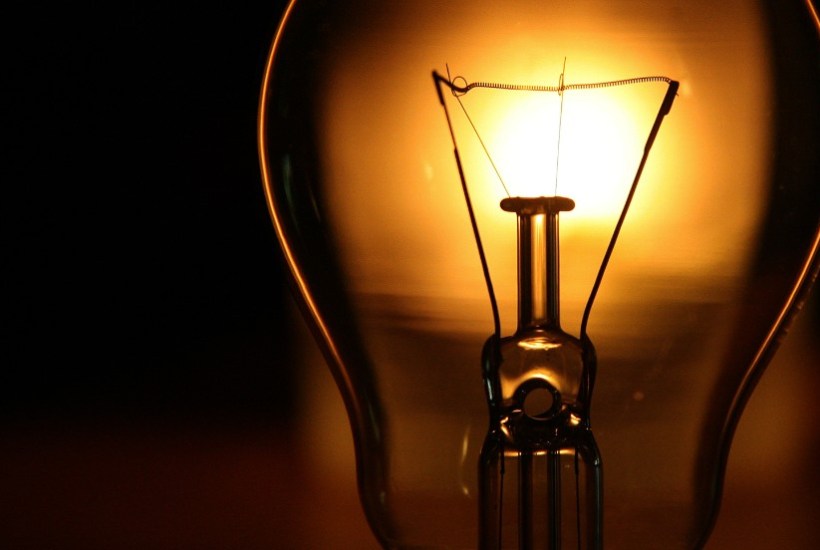
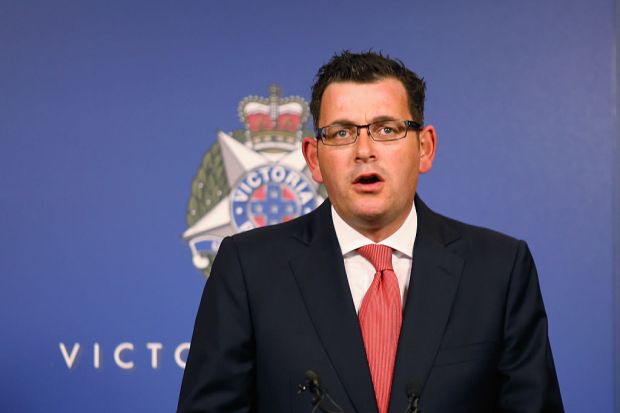
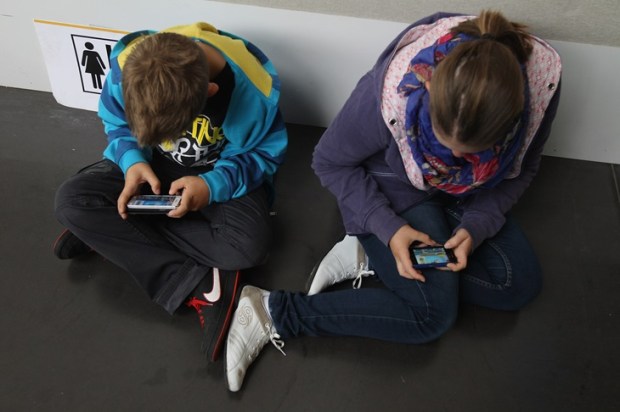
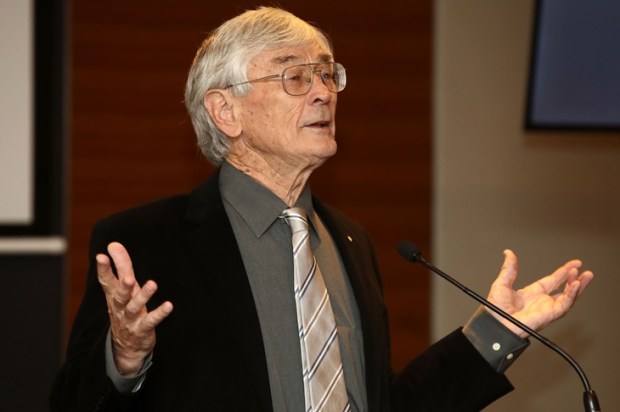


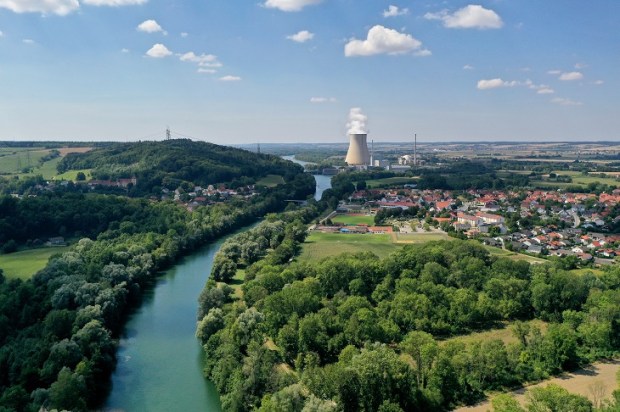


















Comments
Don't miss out
Join the conversation with other Spectator Australia readers. Subscribe to leave a comment.
SUBSCRIBEAlready a subscriber? Log in